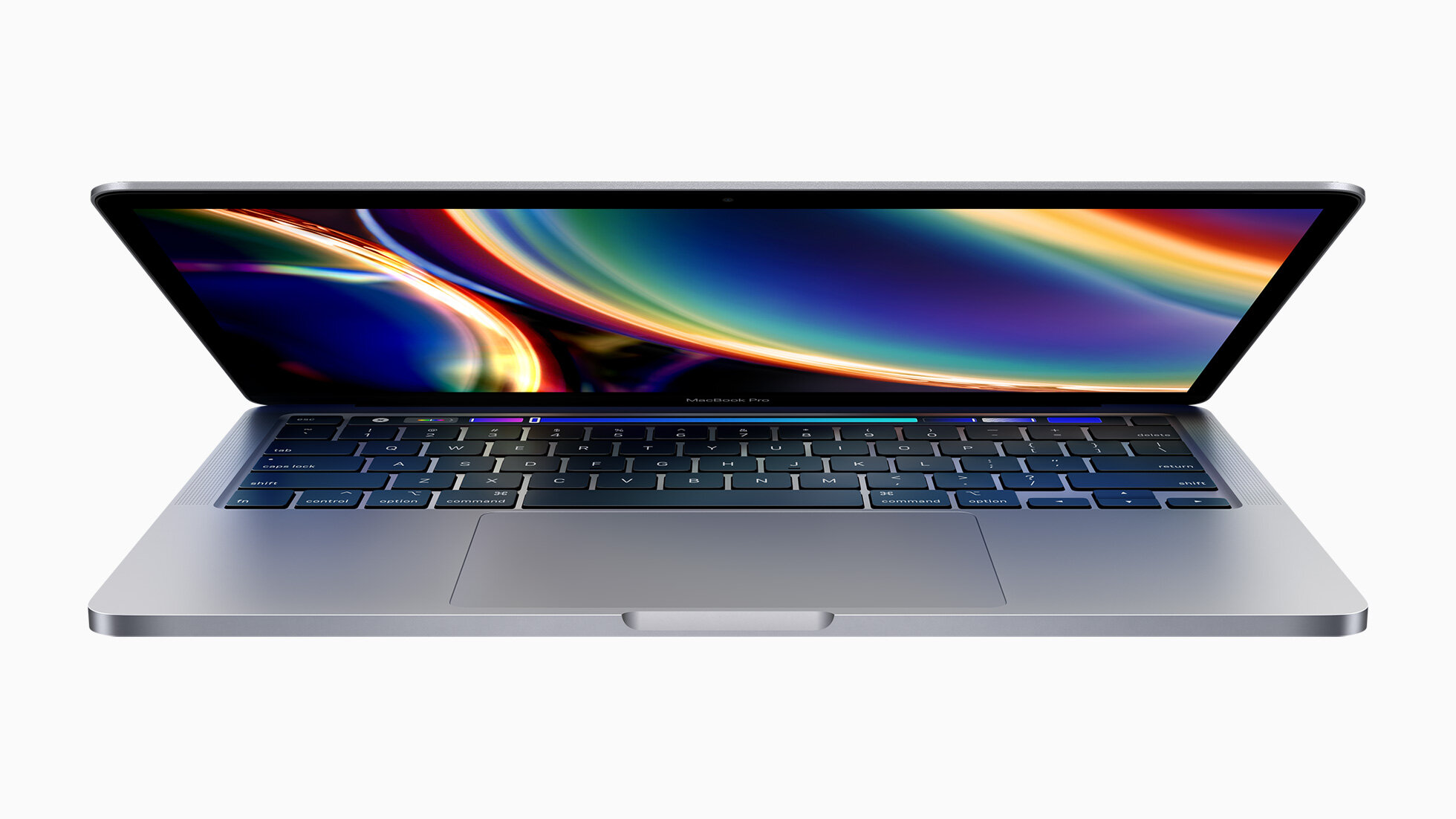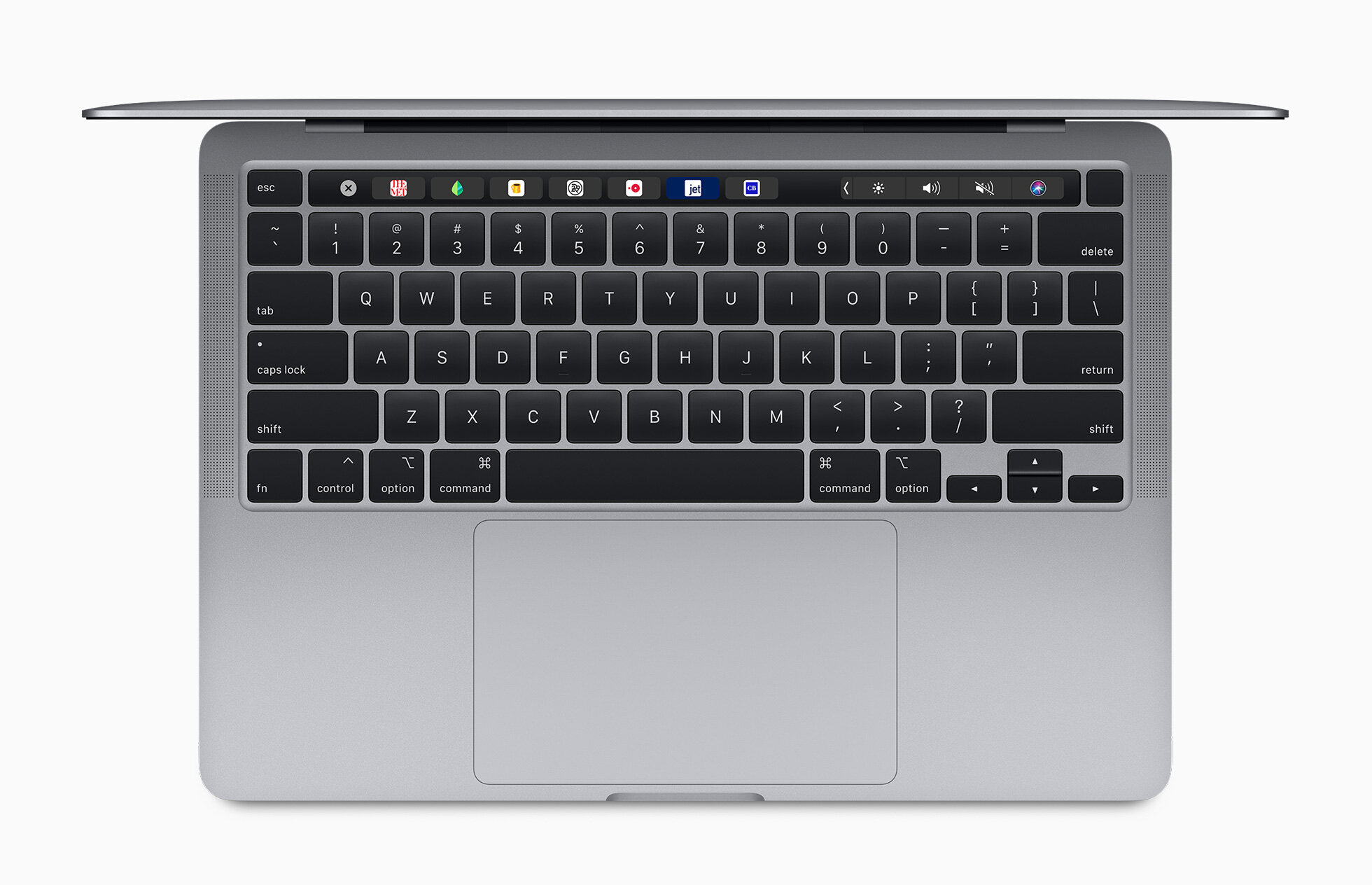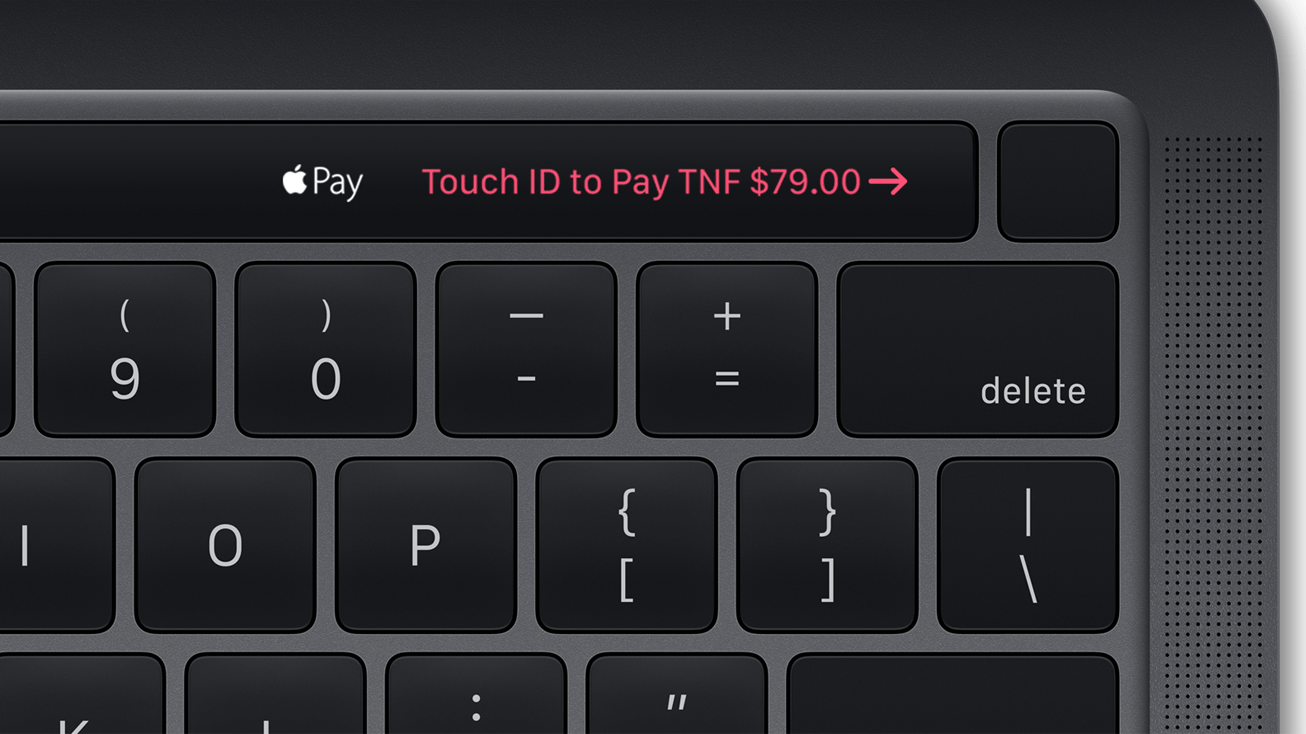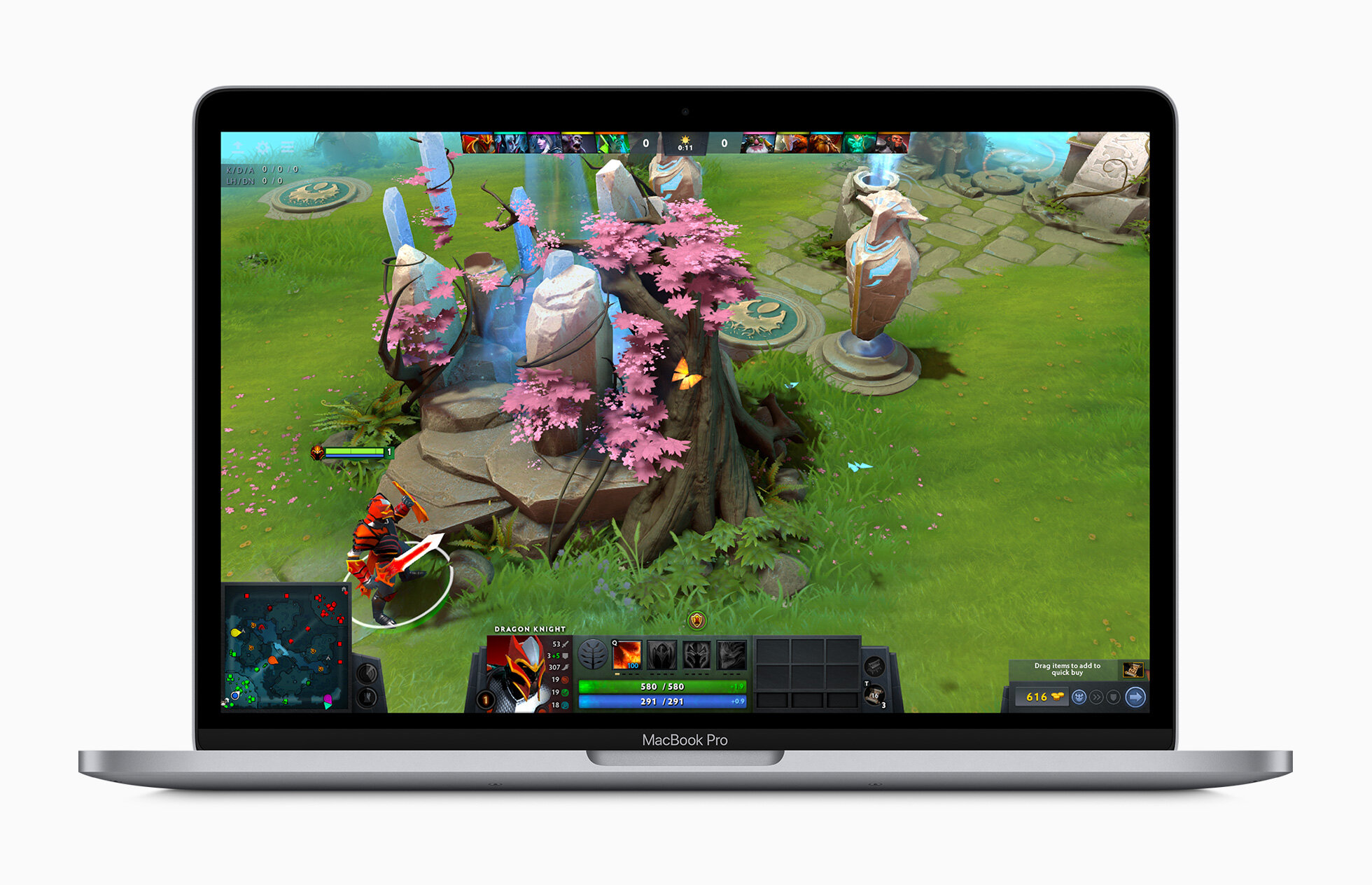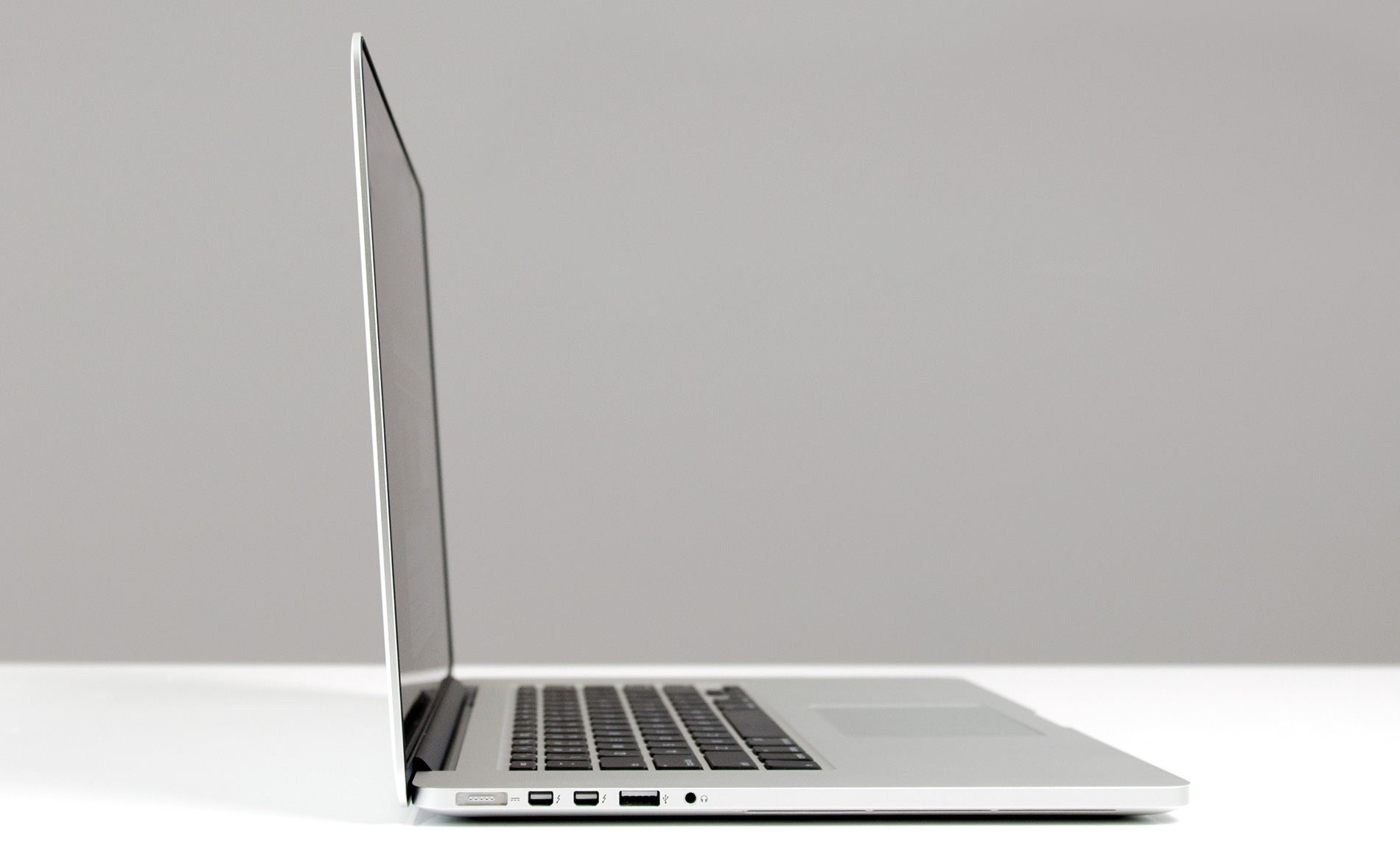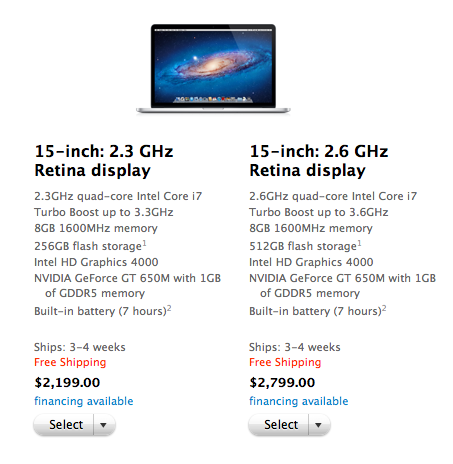Say Goodbye to the Butterfly Keyboard, Hello Magic Keyboard →
I’m was “fortunate” to wait and wait for a newly designed MacBook Pro since I was going to spend an exorbitant amount and I am more than happy that I did. Consequently, I skipped the entire butterfly keyboard in its entirety and with it, much of it’s many defects and highly publicized issues! Apple debuted the 16” MacBook Pro last November and has since released the new Magic Keyboard along its entire lineup concluding today with the new 13” MacBook Pro. From 2020 on, you won’t be using that butterfly keyboard on any of Apple’s new devices including the new iPad Pro Magic Keyboard which debuted just two weeks ago! I’m contemplating buying it for my 11” iPad Pro but I’m still unsure and disappointed in the price.
Apple today updated the 13-inch MacBook Pro with the new Magic Keyboard for the best typing experience ever on a Mac notebook and doubled the storage across all standard configurations, delivering even more value to the most popular MacBook Pro. The new lineup also offers 10th-generation processors for up to 80 percent faster graphics performance1 and makes 16GB of faster 3733MHz memory standard on select configurations. With powerful quad-core processors, the brilliant 13-inch Retina display, Touch Bar and Touch ID, immersive stereo speakers, all-day battery life, and the power of macOS, all in an incredibly portable design, the new 13-inch MacBook Pro is available to order today, starting at $1,299, and $1,199 for education.
If you want to know which configuration of the 13” I would opt for, specifically, I’m surprised that Apple didn’t debut the long-rumored 14” bezel-less MacBook Pro. But I digress. Obviously, the first option, since you can’t upgrade most of these machines after the fact, is to max out the RAM. While the base model starts at $1,299, it only comes with 8GB RAM and I know that macOS Catalina along with Google Chrome or Apple’s Safari web browsers will eat it all up. While the $1,299 and $1,499 only max out at 16GB RAM, the higher model with the Intel 10th Generation CPU starts at 16GB 3733MHz LPDDR4X and can be maxed out at 32GB RAM which is also faster than 2133MHz LPDDR3 found in the lower two models.
So with that, I start at $1,799 base setup then upgrade the RAM, for $400, then upgrade the hard drive to 1TB for $200. If you have anything left over, going from the Intel i5 to the i7 for $200 is a logical upgrade too in my book. You can always add hard drive space with external drives or USB sticks but the RAM and CPU are nonupgradable components. So with all that added up, we’re back at $2,399 or $2,599 with the i7 CPU. Still an amazing little computer and also near the same price as the outgoing model.
